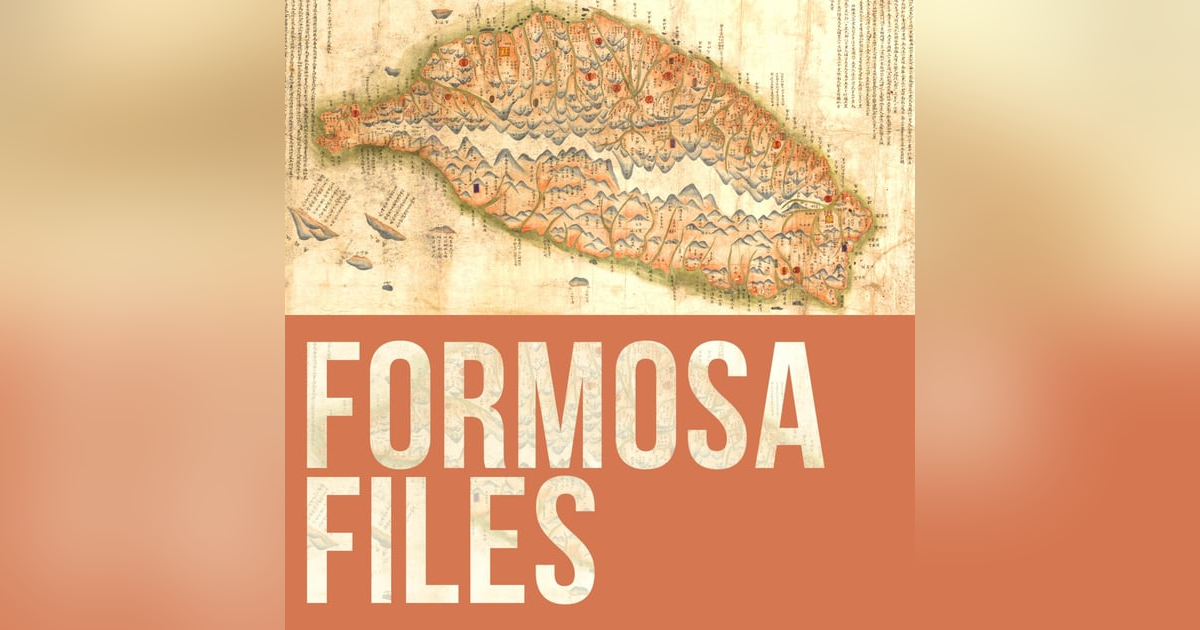S1-E1 - The White Formosan

How could a 'very white' European man get away with showing up in London in 1703 and claiming to be from Formosa? In this first episode of FORMOSA FILES, we look at this fascinating story of a French con-man, and the bigger picture of what the West knew about Formosa/Taiwan roughly three to four centuries ago.
Cover: Composite of typical "Formosans" from Psalmanazar’s Description of Formosa. Colorized by Benjamin Breen. Via The Appendix/Benjamin Breen.
Below: An image said to be the likeness of George Psalmanazar (1679?-1763) Via Wikimedia Commons.
Below:
Psalmanazar went so far as to create a fake Formosan alphabet... and translate parts of the Bible into it! Here is his "translation" of the Lord's Prayer:
"Amy Pornio dan chin Ornio vicy, Gnayjorhe sai Lory, Eyfodere sai Bagalin, jorhe sai domion apo chin Ornio, kay chin Badi eyen, Amy khatsada nadakchion toye ant nadayi, kay Radonaye ant amy Sochin, apo ant radonern amy Sochiakhin, bagne ant kau chin malaboski, ali abinaye ant tuen Broskacy, kens sai vie Bagalin, kay Fary, kay Barhaniaan chinania sendabey. Amien."
(Image via Wikimedia Commons)
Below: The first page of Psalmanazar's 1704 book, An Historical and Geographical Description of Formosa, an Island subject to the Emperor of Japan
(Image via Wikimedia Commons/Public Domain)
FOR FURTHER INFORMATION, CHECK OUT THESE LINKS:
GEORGE PSALMANAZAR AND THE FAKE HISTORY OF TAIWAN - By Taiwan Insight
WIKI: The story of the Frenchman who claimed to be the first native of Formosa to visit Europe
Alex Boese: Hoaxes (2002)
Made in Taiwan?: An Eighteenth-Century Frenchman’s Fictional Formosa - By Benjamin Breen – Published October 29, 2013
Do us a favor and rate/review the show! It really helps. Do it on Apple Podcasts or here on our website.
Write us with questions or ideas at formosafiles@gmail.com
AND THE BIGGEST REQUEST: tell others about this free, not-for-profit resource about Taiwan.













